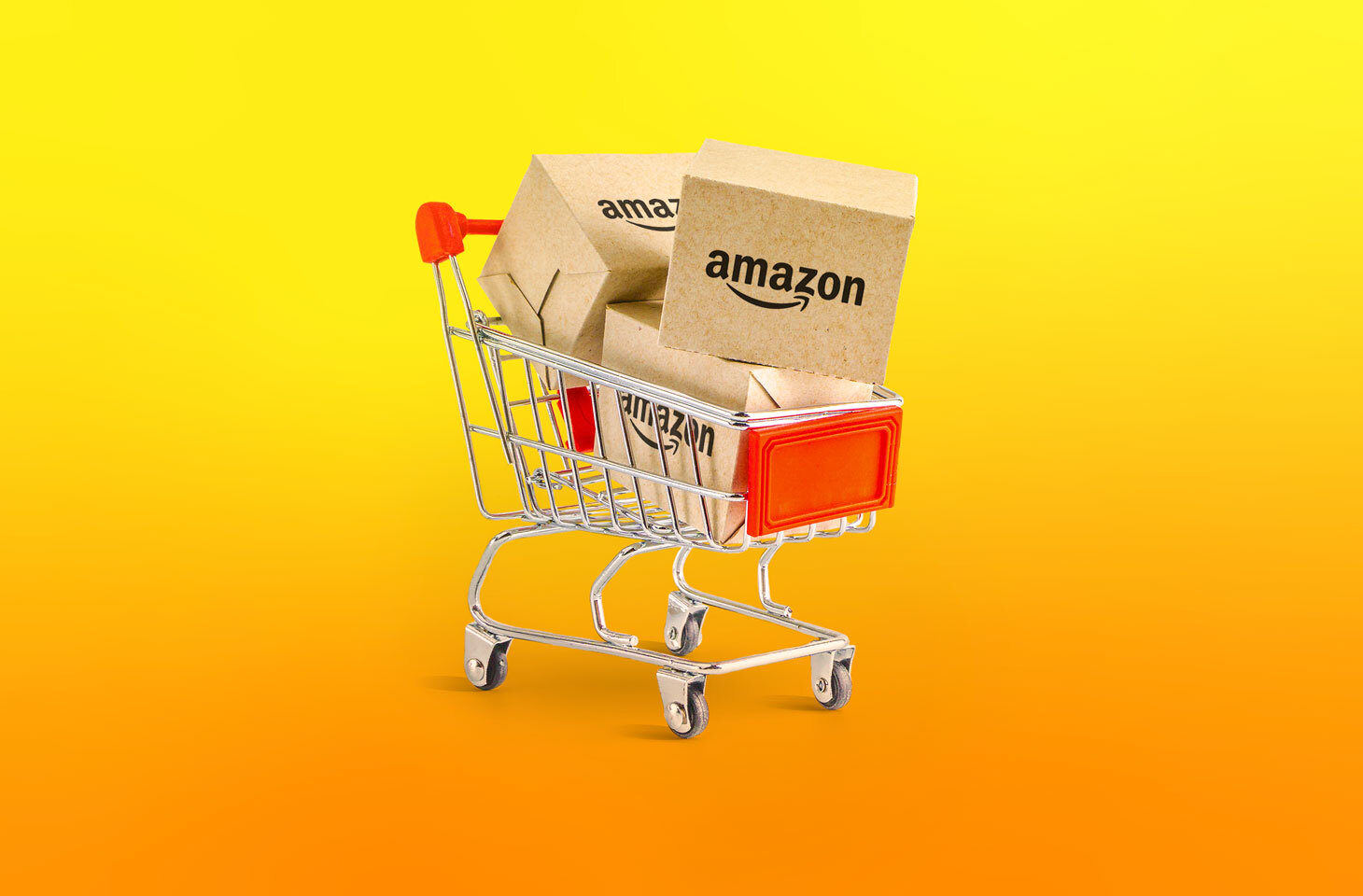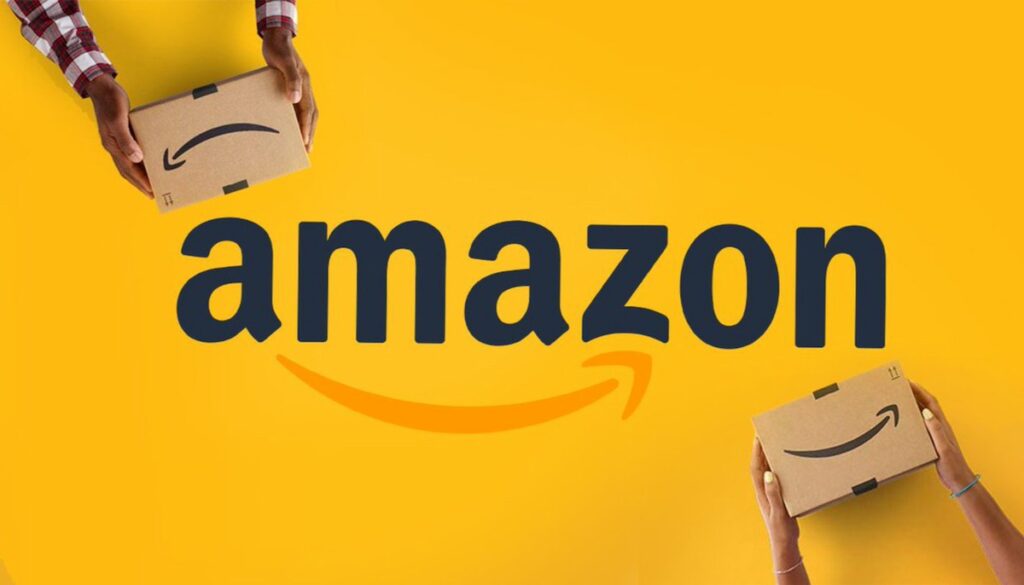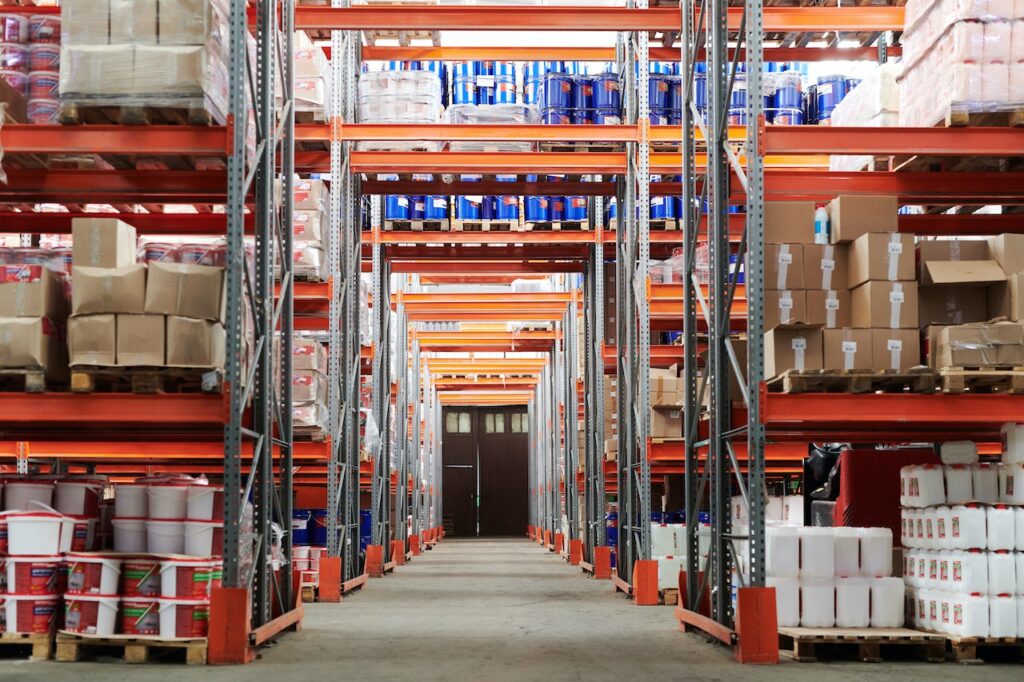Business
Where Do Amazon Sellers Buy Their Products
Finding the right products to sell on Amazon will set you up for success.
Published
3 years agoon

Less than 10% of the more than a million new sellers who sign up with Amazon each year are successful in making $100,000 in sales. Sales of $1 million are hardly reached by 1% of Amazon sellers.
What distinguishes a successful from a failed Amazon firm, then? It usually boils down to the goods you offer.
Finding concepts for successful products is the issue. Numerous things need to be taken into account, including product margins, sourcing strategies, and predicting client demand.
Even though you don’t need to make $1 million in sales to be prosperous, it’s crucial to pick things in accordance with your own business objectives and what functions the finest for you. Use this article to learn how to discover and collect profitable product concepts for Amazon while keeping that in mind.
How to Locate Items to Sell on Amazon

It’s a good idea to first learn what product categories are popular on Amazon before you begin selling there. You may come up with new product ideas as a result of this.
Here is a list of the most popular product categories right now on Amazon:
- Games and toys
- Gift cards
- camera and picture
- Computers and video games
- Books
- Supplements and personal care
- Clothing, footwear, and jewelry
5 Options for Amazon’s Inventory Sourcing

It’s time to decide how to source your products once you have a general notion of what to sell and how much you could earn. Here are the top 10 ways that Amazon Products are supplied:
Retail Arbitrage
Purchasing items at a discount from physical retailers and reselling them on Amazon to make money.
Retail arbitrage sellers frequently browse the clearance sections of large retailers like Walmart, Target, Big Lots, CVS, Walgreens, and others. Because everything they offer is significantly discounted — often even by 75% off retail — liquidation and surplus stores are also popular places for inventory shoppers.
This method of sourcing your goods can be time-consuming, but since you’re probably not buying in volume, it usually doesn’t require an item of significant initial expenditure.
However, you should first weigh the benefits and drawbacks of utilizing business credit cards to fund your inventory before you decide to make any transactions with your card.
Drop Shipping
After making a transaction on Amazon, purchasing goods from a shop or wholesaler, and having the goods delivered to your consumer.
Drop shipping can be the best choice for you if you don’t want to be in charge of managing inventories. It’s a fulfillment strategy that enables internet merchants to sell goods even when they don’t actually control the inventory.
Instead, you depend on a third-party vendor, such as a wholesaler, to deliver goods to clients. The nicest aspect is that the buyer believes they are buying directly from you because the supplier is invisible to them.
Drop shipping has the key benefit of requiring no prior inventory investment. You only pay for something when you sell it. For new sellers, this makes it a low-risk fulfillment strategy.
Wholesale
Purchase a significant number of items from the manufacturer or brand owner and resell them on Amazon.
A tried-and-true method for selling on Amazon is to buy wholesale. It can be simple to scale and has a low entry barrier. You won’t have to worry about coming up with brand-new ASINS because you’ll be working with reputable manufacturers. And the majority of wholesale goods are already in high demand or sale.
Once you develop a successful working connection with the manufacturer, the majority of sellers have the chance to score better offers in the future or bargain for better conditions when buying goods.
You should go through the required permission procedures to resell a certain product or brand when purchasing items in bulk. You run the danger of being accused of copyright infringement and having your Amazon account suspended if you are not an approved seller.
Wholesale might be the best choice for you, with the potential to sell for millions of dollars each year.
Private (or White) Label
Purchase generic goods directly from the producer, add your own labels, and market them under your own name
Although private label retailers still purchase goods from a manufacturer, they have some control over the product design and can use their own brand name. You now have control over a variety of factors, including product quality, labeling, and packaging. It’s referred to as white labeling or secret.
B2B Marketplaces
Purchase in bulk (and at a price) from international B2B marketplaces
Many Amazon sellers get their products via B2B marketplaces, where they may apply for bulk purchases and quantity discounts and locate a wide variety of suppliers.
Leading B2B marketplaces consist of:
- Alibaba.com – Join now to sell wholesale to more than 10 million buyers worldwide on the biggest B2B marketplace. There are tens of thousands of categories.
- ThomasNet – With over 500,000 suppliers, it is the largest online marketplace for finding B2B sellers and product suppliers.
- IndiaMart – The largest B2B marketplace in India, with over 3.5 buyers and an Alibaba-like selling strategy.
- eWorldTrade – The B2B gateway with the fastest growth rate in the world, this US-based platform serves more than 220 nations.
Final Note
After selecting your products and observing consistent sales (at a profit margin that benefits your company), you’re prepared to invest regularly in your inventory.
Yet, most Amazon sellers find it difficult to maintain a strong cash flow to cover inventory costs, especially since Amazon has the ability to postpone your payouts for days on end.
This is a concern because managing your inventory is essential to running a successful Amazon business. Otherwise, you run the risk of stockouts, which would result in lost sales opportunities and Amazon stockout penalties.
Learn about the various financing solutions for your Amazon inventory that can support the expansion of your online business to prevent circumstances like these.
ALSO READ: Grown-Up Habits That Are Wasting Your Money
You may like

Best Problem-Solving Strategies In Business

How to Start Affiliate Marketing Through Amazon

How to Plan A Wedding On A Budget

10 Reasons Why Budgeting Is Important
